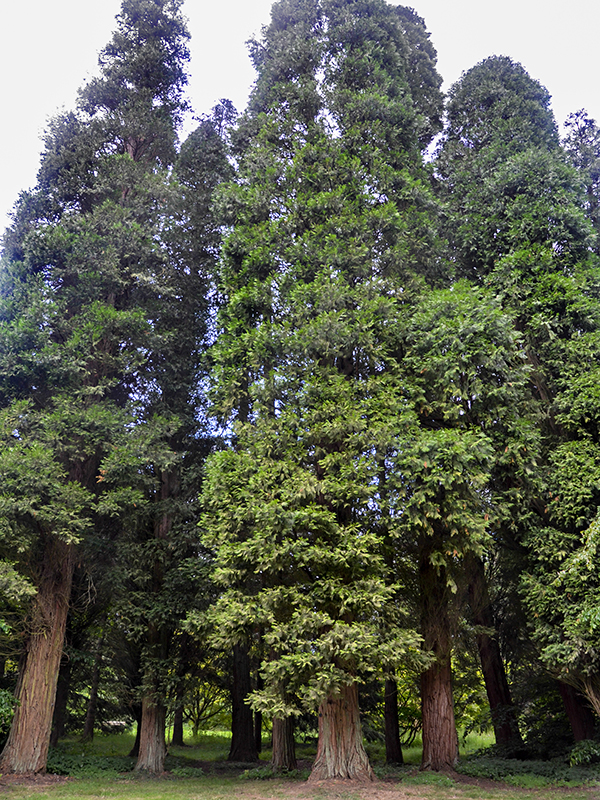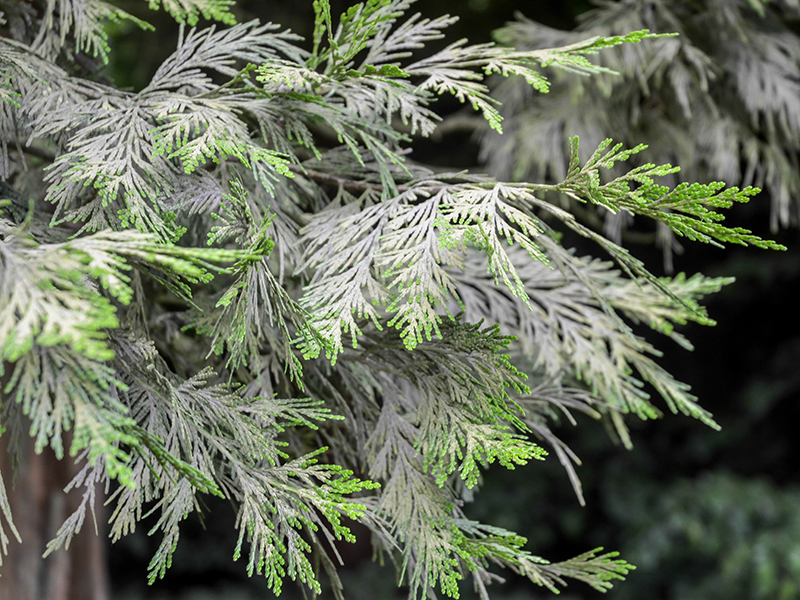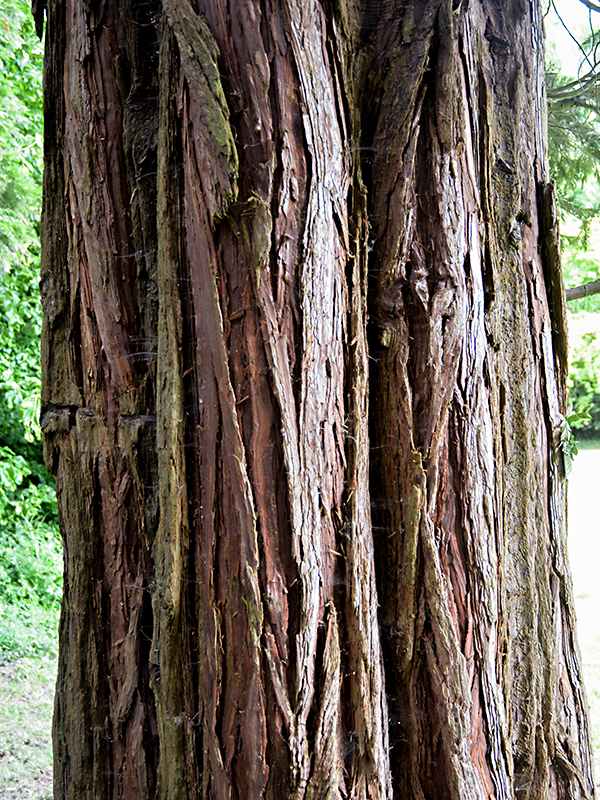
Woody > Calocedrus > Calocedrus decurrens > Calocedrus decurrens
Calocedrus decurrens
California Incense-cedar
Origin: The plant originates from the mountain ranges in California where it is a co-dominant species. In the wild it can grow up to 50 m but in cultivation it is much smaller.
Mike's
Opinion


"
Once known as Libocedrus decurrens. This is a very full, true dark-green coloured tree, gaining a nice dark red bark as it ages. It has interesting cones, small in size but when they break open to release the seed resembling a ducks bill. A classic beauty!
Michael Pascoe, NDP., ODH., CLT., MSc. (Plant Conservation)
"
| Family |
| Cupressaceae |
| Genus |
| Calocedrus |
| Species |
| decurrens |
| Category |
| Woody |
| Type |
| Tree (evergreen) |
| Synonyms |
| Libocedrus decurrens |
| Pronunciation |
| USDA Hardiness Zone |
| 5 - 8 |
| Canadian Hardiness Zone |
| 4a - 7a |
| RHS Hardiness Zone |
| H7 |
| Temperature (°C) |
| -29 - (-7) |
| Temperature (°F) |
| to -20 |
| Height |
| 10 - 15 m |
| Spread |
| 2 - 3 m |
Photographs
Description and Growing Information
Flowering Period
| General Description |
| An aromatic conifer with flat scale type foliage, with a narrow columnar form. Small 2.5 cm cones are easily recognizable because the open cone resembles a ducks bill when the seed is released. |
| Landscape |
| Using one plant adds a formal effect to the landscape but in numbers it also gives a great strong appearance with its unwavering green foliage. Also makes a good hedge with its thick foliage to block unwanted views and sounds. |
| Cultivation |
| Grow in full sun to partial shade, thrives in most soil types as long as good drainage is present. Pruning is not necessary as the tree naturally has a well kempt form. |
| Shape |
| Narrow, somewhat columnar. |
| Growth |
| Medium |
| ID Characteristic |
| Very flat scale type leaves which overlap and are arranged by fours in a whorl at the branchlet. Leaves can be crushed and give off a spicy aroma. Bark is dark red in colour. |
| Pests |
| On occasion it can get heart rot or rust, but is generally pest and disease free. |
| Habitat |
| Mountainous regions of western United States such as, California, Oregon, and Washington. |
| Bark/Stem Description |
| The bark has a scale like appearance and is a dark red, almost cinnamon in colour. Native to the mountain ranges in California, the bark is reported to be 7.5-20 cm thick, a natural adaption to protect itself from forest fires. |
| Leaf Description |
| A flat scale originating from the branchlet in a whorl of 4 leaves, leaves can frow up to 1.2 cm long. The plant gets the name incense cedar because when crushed the leaves give off a spicy aroma similar to incense. |
| Flower Description |
| Very small flower, brownish yellow in colour with a scaled appearance. |
| Fruit Description |
| Grows to about 2.5 cm long, brownish red in colour resembling a ducks bill when open. |
| Colour Description |
| True green foliage year round with brown cones and dark red bark. |
| Texture Description |
| From afar it is a very full looking plant making it look coarse but up close the leaves are very fine but in abundance. |
| Notable Specimens |
| Arboretum of the Barnes Foundation, Merrion, Pennsylvania, United States of America. Ravenna Park, Seattle, Washington, United States of America. Westonbirt, The National Arboretum, Tetbury, Gloucestershire, England. |
| Propagation |
| Can be grown from seed; a stratification period of 8 weeks at 0 - 5 °C is recommended. You can also take semi-ripe cuttings in late summer and root under bottom heat with mist. |



